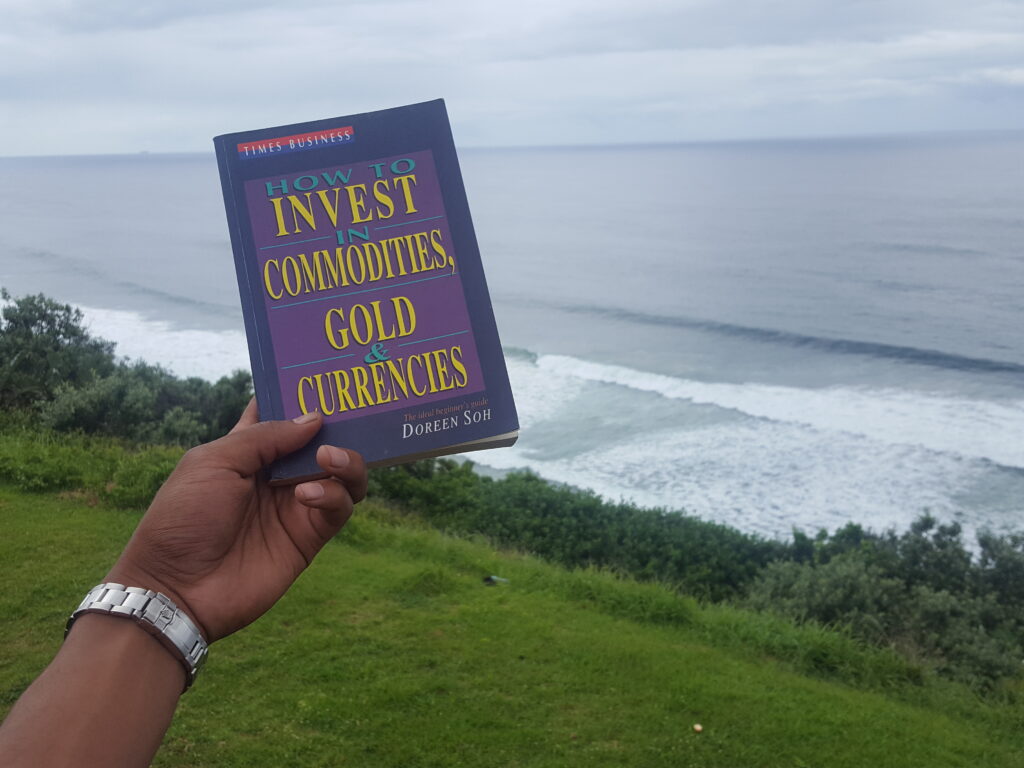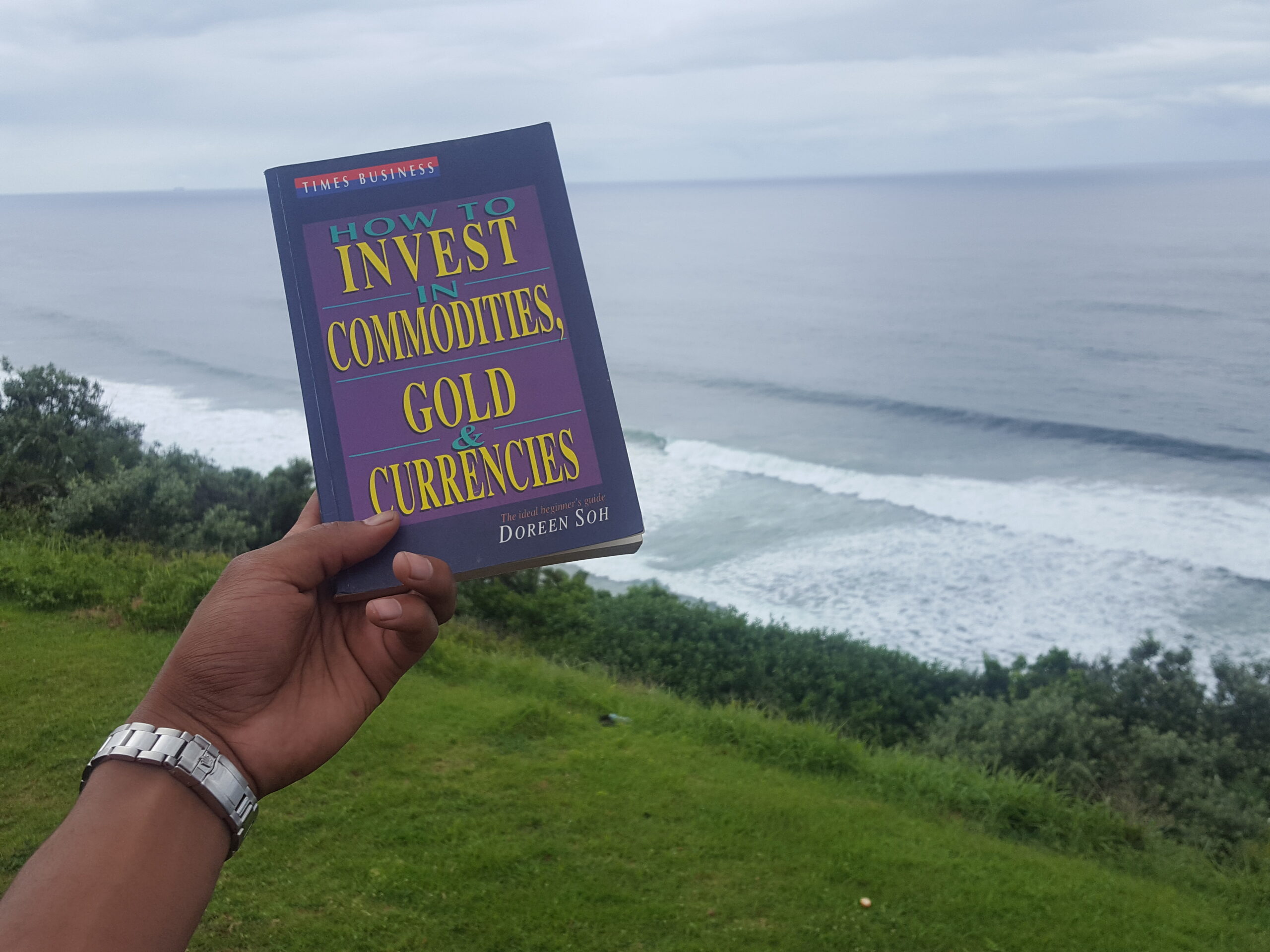
How to Invest in Commodities, Gold & Currencies by Doreen Soh
How to Invest in Commodities, Gold & Currencies by Doreen Soh covers a topic I’ve been curious about for years: the world of money and finance. It’s not that I had heard of this author or book before reading it, but anything financially related always piques my interest. The book is a straightforward guide that introduces readers to various facets of investing in commodities, gold, and currencies. It’s packed with financial terminology and concepts, doing a decent job of explaining these areas in a way that’s accessible for beginners.
Since my late teens, I’ve been fascinated by how wealthy people talk about money and finance, which pushed me to start learning about financial models, investment analysis, and the broader theories that govern the markets. I even took online courses, but I quickly realized that the hustle and grind of cold calling or working in a call center to sell financial products wasn’t for me. What I’ve always been more drawn to is the theory—the frameworks that explain how the wealthy build and maintain their fortunes.
Doreen Soh’s book does a decent job of breaking down the basics of commodities, gold, and currency trading, but it reaffirmed something I’ve long believed: trying to invest in these markets without having substantial capital is a recipe for disaster. Risking money that you don’t have, or borrowing funds to trade, is asking for trouble. These markets are for people with the means to absorb losses, and anyone who enters without enough disposable income is walking into a financial minefield.
That skepticism was shaped not only by reading books like Doreen Soh’s, but also by others I’ve come across over the years, like Where Are the Customers’ Yachts? by Fred Schwed and A Fool and His Money by John Rothschild. These books humorously expose how irrational people can be in financial markets and how the only consistent winners are the brokers and the grifters. The lesson I’ve learned from this, which echoes Aesop’s fable “Doctor, heal thyself,” is that many people offering financial advice are like the frog doctor giving remedies to others while suffering from his own ailments. It highlights perverse incentives and the moral hazard involved—many so-called experts benefit from others’ financial missteps while being protected from the consequences themselves.
Growing up poor, I didn’t have access to this world of finance. What I’ve learned has been through sheer curiosity and observation. I’ve had to “look in” on how wealthy people operate, studying their strategies almost as a form of financial voyeurism. Implementing these lessons has been slow, mostly due to economic constraints, but I’ve learned to steward the few assets I currently have and focus my efforts on increasing my productivity. As I grow my capacity to earn and produce, I believe it will eventually lead to increased income and asset value. This process of learning and applying those lessons will serve me well when I’m in a stronger financial position.
My basic view of money is simple: if you don’t have money, you have no business investing in high-risk markets like stocks, bonds, or currencies. The capital markets are designed for those with capital. Borrowing money to invest without having a safety net or assets is not only reckless, it’s dangerous. There’s an entire industry built around selling the idea that you can get rich quick through trading, but the truth is far from that. Books like Where Are the Customers’ Yachts? expose how most people lose money while the brokers get rich.
I’m not interested in being poor or staying poor. I want my dignity, and that requires making smart, thoughtful decisions about how I manage my money. Doreen Soh’s book is a useful guide for beginners who want to learn the basics of commodities, gold, and currencies, but it’s also a reminder that the financial world is full of pitfalls for those who don’t have the proper resources or knowledge. If you want to invest, you need to be sure you’re ready—financially and mentally—before diving into these high-stakes markets.
